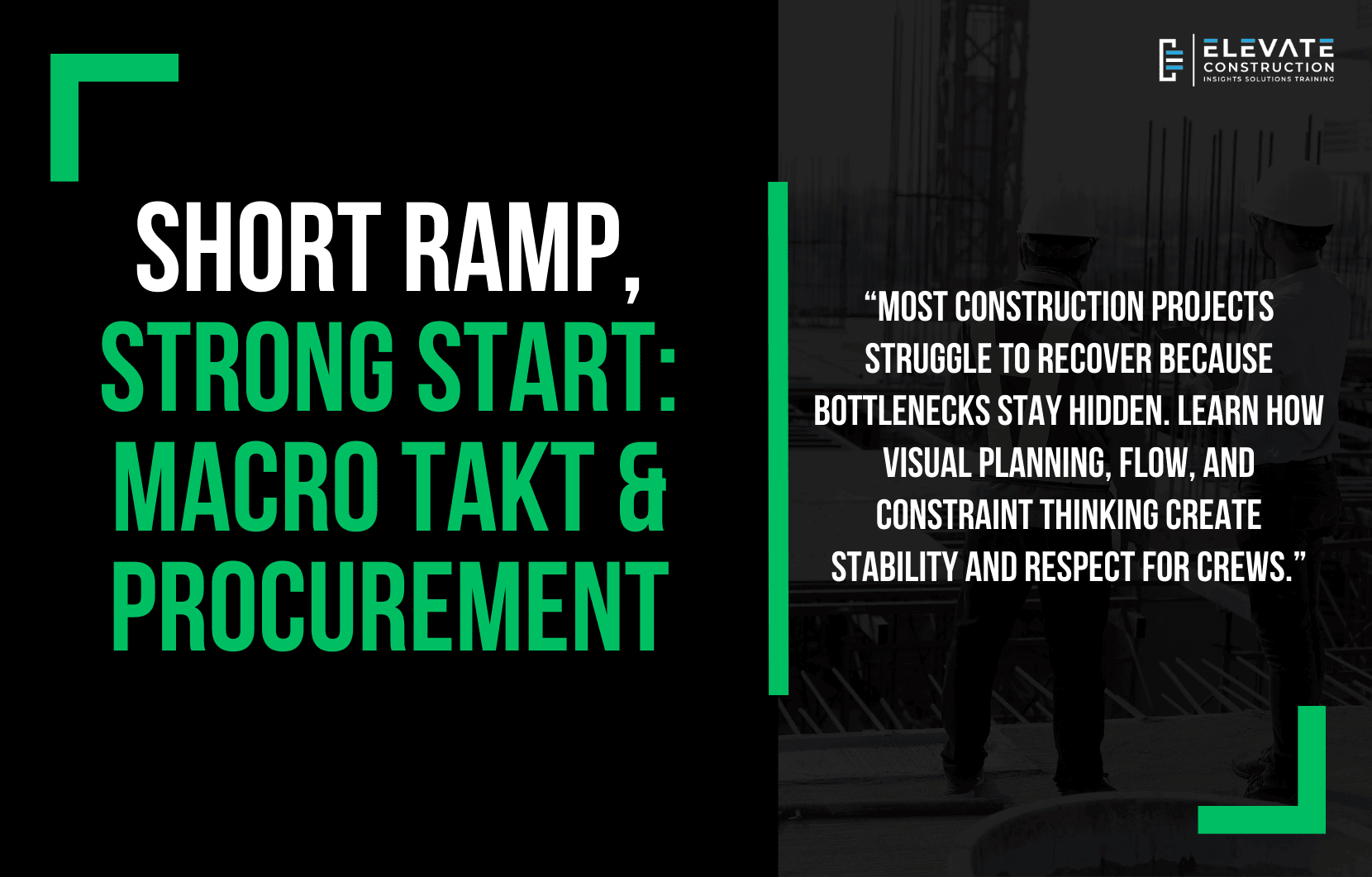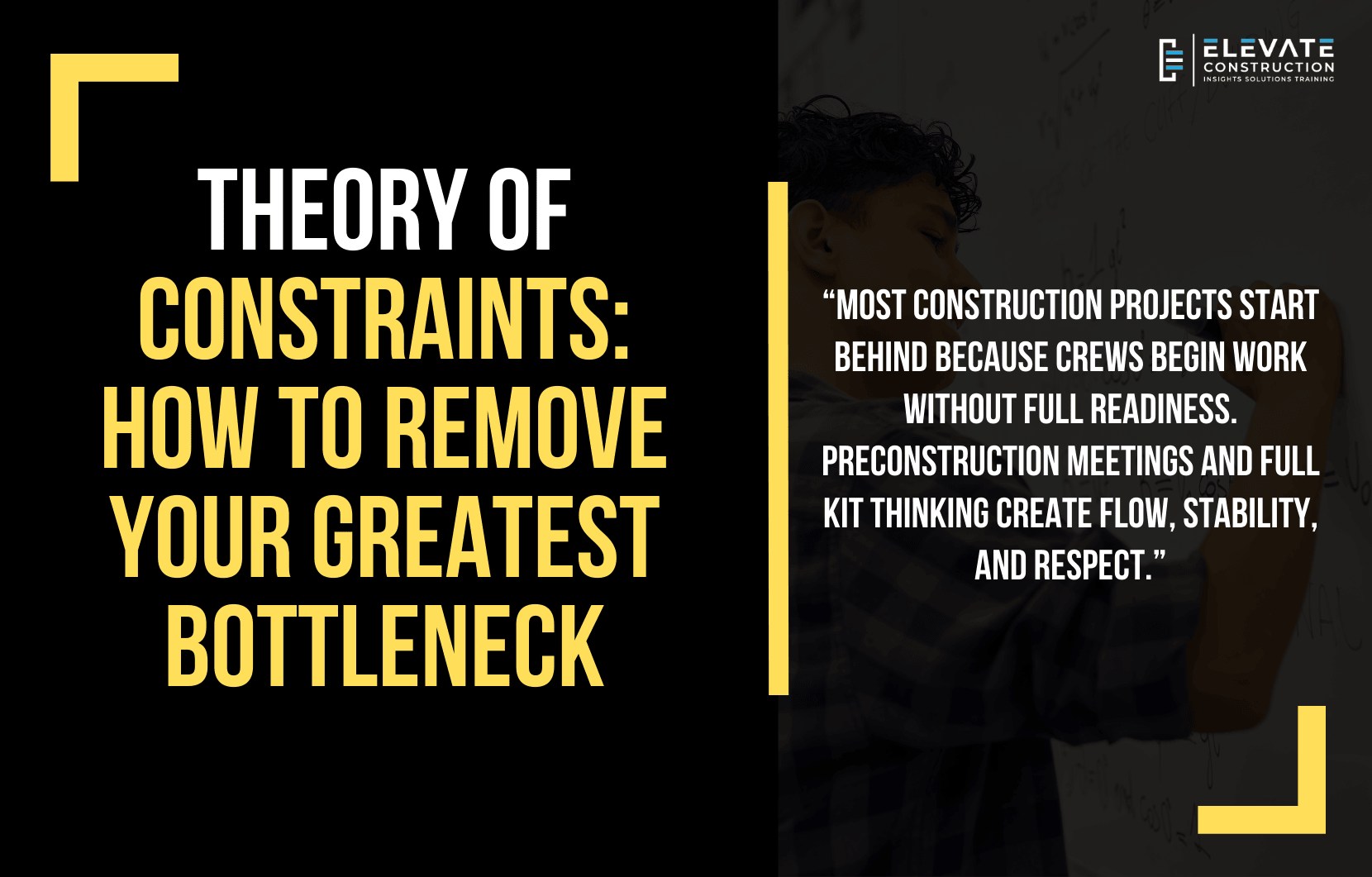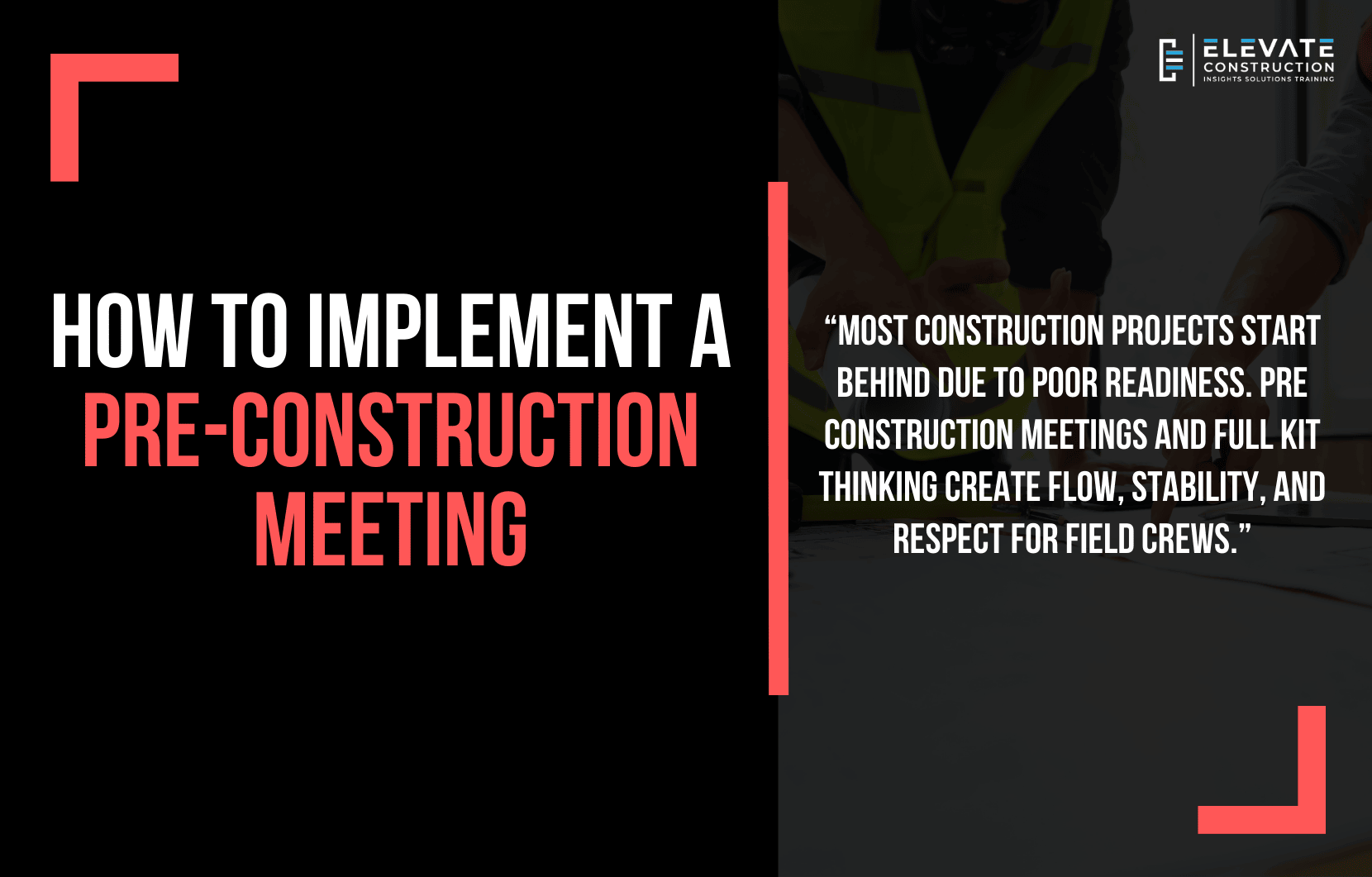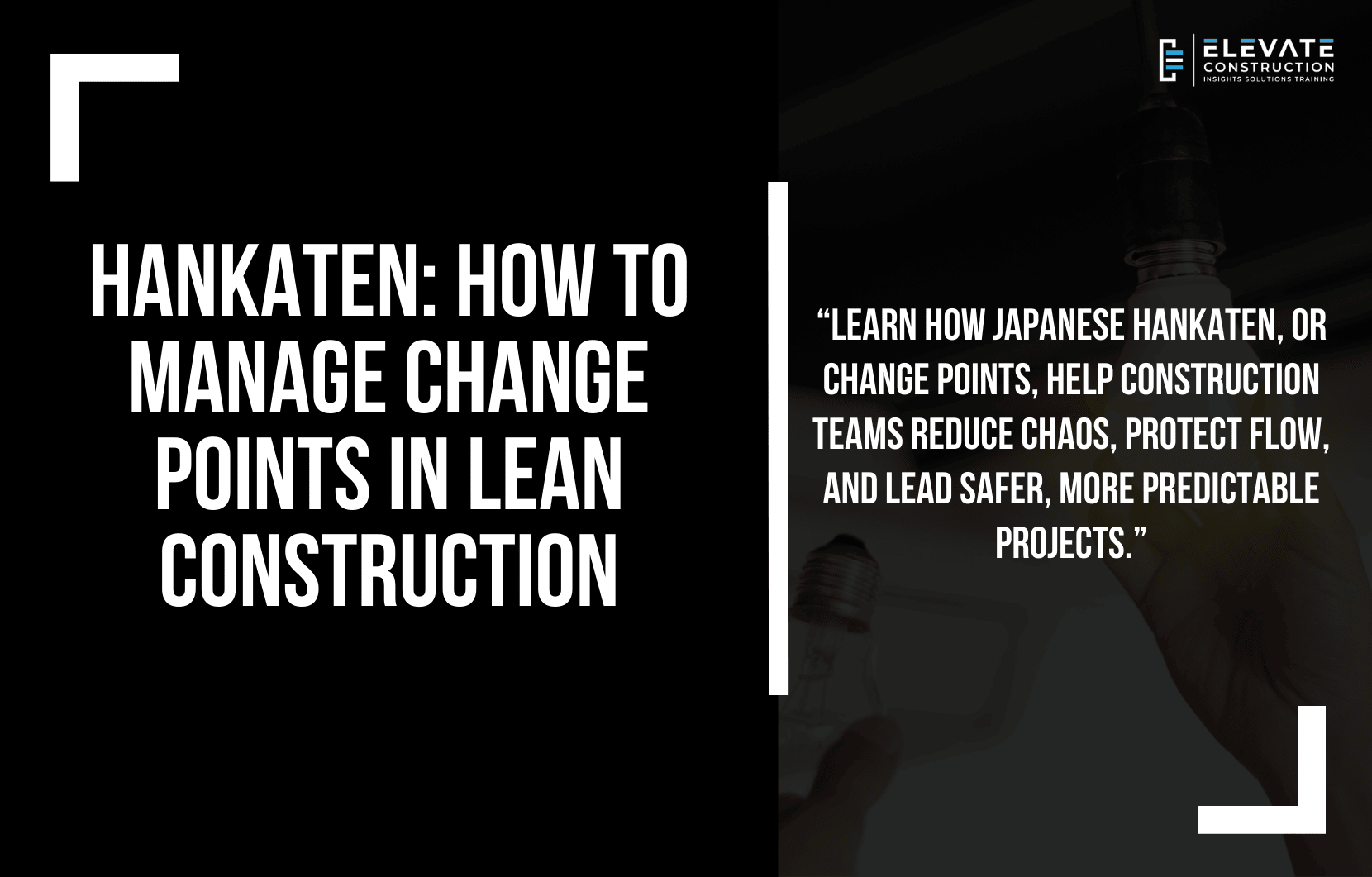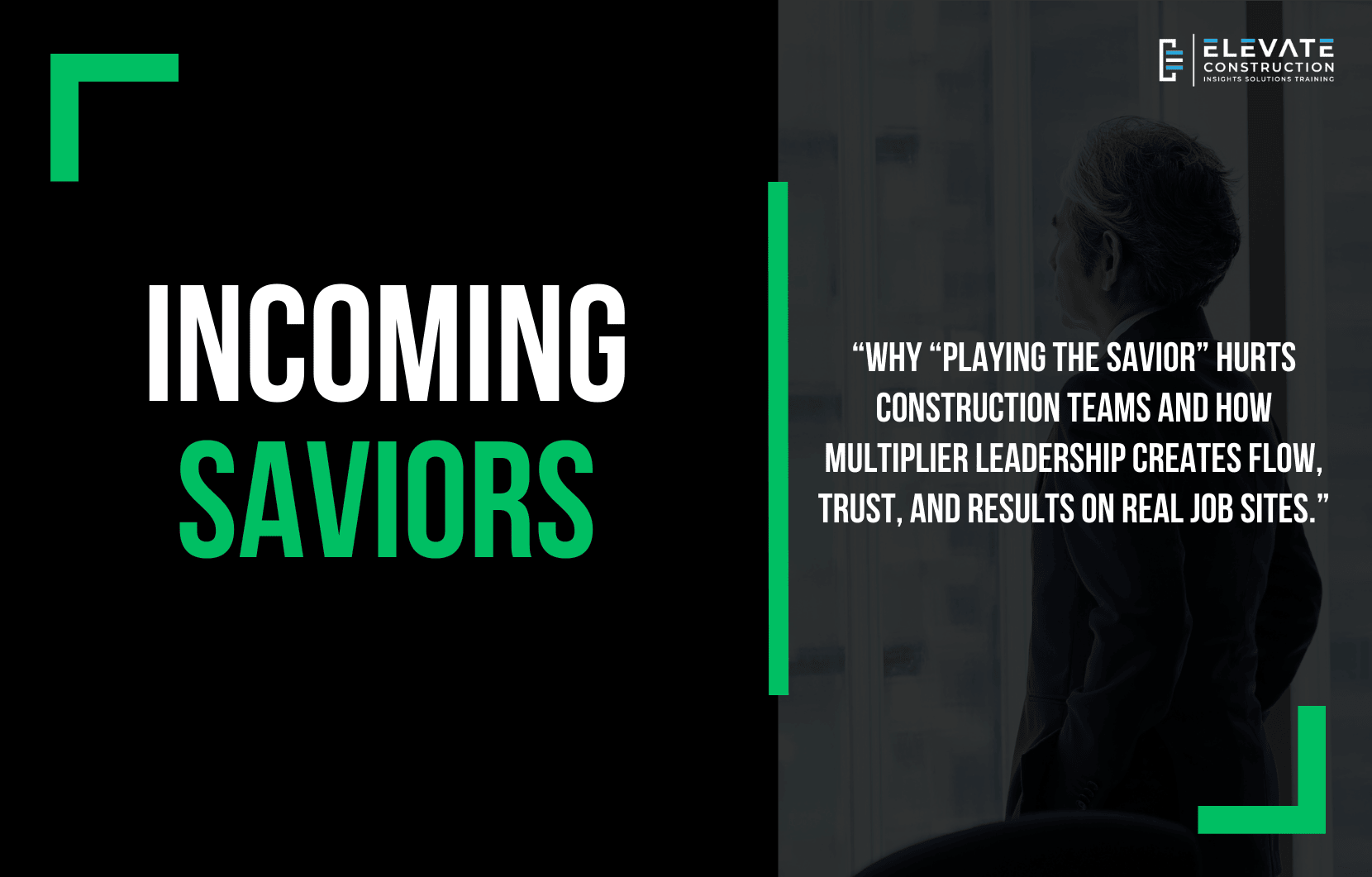The Art of Attack: How Planning Wins the Battle Before Construction Begins
There is a quiet moment on every project that determines how the rest of the job will go. It usually happens long before concrete is poured or steel is set. It happens in preconstruction, in planning rooms, in conversations that most people never see. That moment is when a team either decides to attack the work with intention or drifts forward hoping things will somehow work out. Most construction failures do not come from a lack of effort. They come from a lack of preparation. Crews work hard. Superintendents stay late. Project managers juggle a hundred problems. And yet the project still struggles. Schedules slip. Quality suffers. People burn out. The site becomes reactive instead of calm and controlled.
This is where the Art of Attack matters.
The Pain: When Construction Becomes Reactive
In construction, we all know what it feels like when a job turns into firefighting. RFIs pile up. Trade partners are frustrated. Manpower fluctuates wildly. Materials arrive late or too early. Superintendents spend their days chasing problems instead of leading. The pain is not just schedule pressure. It is the emotional toll on people. When a project is constantly behind, nobody feels successful. Workers rush. Leaders push. Safety becomes fragile. Quality becomes negotiable. Morale drops and the hardest part is that many teams believe this is normal.
The Failure Pattern: Either Pushing Too Hard or Waiting Too Long
Over time, I have seen two common failure patterns repeat themselves. The first is blind pushing. This is where leaders try to solve problems by telling people to go faster. They cancel nothing. They never slow down. Quality issues stack up. Rework explodes. Safety incidents become inevitable. The second failure pattern is paralysis. This is where leaders overanalyze, hesitate, and wait for perfection. Crews are not started. Opportunities are missed. Problems surface too late to solve cleanly. By the time work begins, the project is already behind. Neither approach works. The Art of Attack lives in the middle.
Empathy for Leaders in the Field
If you have ever fallen into either of these patterns, you are not alone. Construction is complex. The pressure is real. Owners want speed. Trade partners are stretched thin. Conditions change daily. Most leaders are doing their best with the tools they were given. The problem is not effort. The problem is the absence of a clear philosophy for how to plan, prepare, and move forward with confidence. That philosophy is what Lean construction gives us when applied correctly.
A Field Story: Winning the Battle Before Breaking Ground
On the project Jake and I were discussing, the difference started early. We had time in preconstruction. Real time. A full year of focused effort before breaking ground. That time mattered more than anything else we did later. We planned the work deeply. We coordinated with trade partners. We built expectations into contracts. We aligned schedules with reality. When construction started, many of the usual problems simply never appeared.When we reached substantial completion on the exact date promised, the owner told us we were best in class. That did not happen because we worked faster. It happened because we planned better.
The Emotional Insight: Construction Is a Battlefield Against Waste
Construction is not war, but the principles apply. The enemy is not people. The enemy is waste and variation. Delays. Rework. Poor communication. Bad handoffs. Unclear expectations. Every day a project is exposed to waste, it takes damage. The longer a task sits unplanned, the more problems attach themselves to it. The longer a crew waits, the more interference they face.
The Art of Attack is about reducing that exposure.
The Art of Attack Explained
The Art of Attack is not about aggression in the field. It is about aggression in planning. It is about winning before the work begins. It means planning multiple paths forward so that when something changes, the team can adapt without panic. This approach borrows from history, but it applies directly to construction. Great leaders do not improvise under pressure. They prepare options ahead of time. They know when to move and when to wait because they have already thought through the consequences.
In construction, this looks like planning left of the line, coordinating early, buying the right behaviors into contracts, and protecting the plan once it is created.
Command and Control Without Dictation
When we talk about command and control, people sometimes misunderstand. This is not about dictating to trade partners. It is about creating an environment where everyone can succeed. The general contractor has a responsibility to protect flow. That means holding the plan steady, enforcing standards, and preventing one trade from harming another. When the environment is stable, excellent trade partners can perform at their highest level. Accountability is part of respect. Raising the bar allows people to rise.
Clean and Steady Beats Fast and Chaotic
One of the most important lessons from this project was our motto: clean and steady. We never asked workers to move faster. In fact, if crews started rushing, we shut the work down. Speed in construction does not come from haste. It comes from clarity. Workers should work safely, steadily, and with confidence. The push happens in planning, coordination, and problem solving, not in the field.
- Clean environments reduce errors and injuries
- Steady flow creates predictability and trust
Balancing Manpower Instead of Pushing Workers
When schedules tightened, we adjusted manpower. We did not ask people to rush. We asked trade partners to plan staffing levels that matched the work. This respected human limits while still protecting the schedule. There are only a few real variables in construction. Planning, manpower, and coordination can change. Worker speed, safety, and quality should not.
Why Rapid Advance Matters
Waiting has consequences. The longer work is delayed, the more interference appears. Design changes. Additional trades enter the space. Materials stack up. Entropy increases. The Art of Attack recognizes that moving forward at the right time reduces risk. This does not mean reckless action. It means thoughtful momentum. When an opportunity appears to complete work cleanly and safely, leaders must seize it.
Protecting Leaders So They Can Lead
One of the hidden benefits of this approach is that it protects leadership capacity. When superintendents are not cleaning up after others, chasing paperwork, or firefighting constantly, they can focus on safety, quality, and flow. We refused composite cleanup crews. We required trades to manage their own areas. We enforced standards consistently. As a result, leadership could lead instead of babysit.
How This Connects to Elevate Construction
This philosophy is at the heart of Elevate Construction. LeanTakt, superintendent coaching, and leadership development all exist to help teams plan better, protect flow, and respect people. If your project needs superintendent coaching, project support, or leadership development, Elevate Construction can help your field teams stabilize, schedule, and flow.
A Challenge to Leaders
The Art of Attack asks leaders to be uncomfortable early so their teams can be comfortable later. It asks for discipline in planning and courage in execution. It demands respect for people and intolerance for waste. As W. Edwards Deming said, it is not enough to do your best. You must know what to do, and then do your best. Plan early, move with intention, protect your people and win the battle before it begins.
Frequently Asked Questions
What is the Art of Attack in construction?
It is a leadership approach that focuses on aggressive planning, preparation, and coordination rather than pushing workers in the field.
Does this mean moving faster on site?
No. It means creating conditions where work flows steadily without rushing or rework.
How does Lean support the Art of Attack?
Lean provides the systems and discipline needed to plan left of the line, reduce waste, and create predictable outcomes.
Can this work on smaller projects?
Yes. The principles scale to any project where planning and leadership matter.
How can Elevate Construction help implement this?
Through LeanTakt systems, coaching, and hands-on project support that builds clarity, flow, and stability.
If you want to learn more we have:
-Takt Virtual Training: (Click here)
-Check out our Youtube channel for more info: (Click here)
-Listen to the Elevate Construction podcast: (Click here)
-Check out our training programs and certifications: (Click here)
-The Takt Book: (Click here)
Discover Jason’s Expertise:
Meet Jason Schroeder, the driving force behind Elevate Construction IST. As the company’s owner and principal consultant, he’s dedicated to taking construction to new heights. With a wealth of industry experience, he’s crafted the Field Engineer Boot Camp and Superintendent Boot Camp – intensive training programs engineered to cultivate top-tier leaders capable of steering their teams towards success. Jason’s vision? To expand his training initiatives across the nation, empowering construction firms to soar to unprecedented levels of excellence.
On we go



